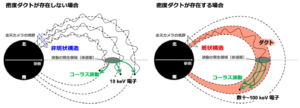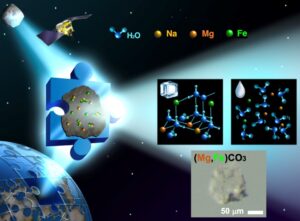Cause of Unusually Bright Aurora Borealis Sighted from Hokkaido
Summary of Presentations
A research group from Nagoya University and The University of Tokyo, led by Associate Professor Ryuho Kataoka of the National Institute of Polar Research, has examined the generation mechanism of an unusually bright red aurora that was seen with the naked eye from Hokkaido, Japan, on December 1, 2023. The magnetic storm responsible for this red aurora was not large in intensity. They showed that this unusual phenomenon was caused by the extremely dense solar wind density, which resulted in a very small magnetosphere, and the perfect timing to observe from Japan the direct effects of auroral explosion during the magnetic storm. The photographic data obtained by many citizen scientists also revealed that the auroral emission occurred at a very high altitude of 400 to 600 km, different from normal auroras. Understanding the conditions where auroras can be seen from mid-latitude regions such as Japan will contribute to accurate future space weather forecasting.

Professor Kanako Seki, Associate Professor Takanobu Amano, and Assistant Professor Kunihiro Keika of the Department of Earth and Planetary Science participated in this research achievement.
For more details, please read the article:














